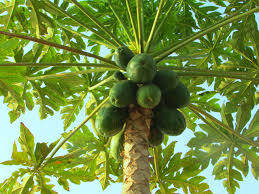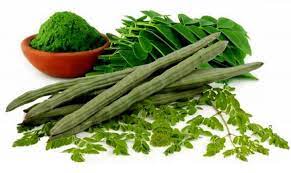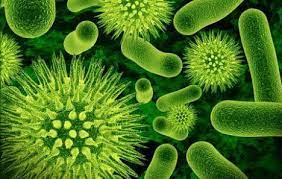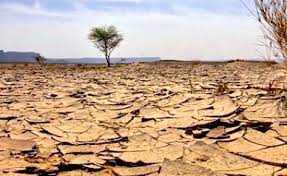
Cattle feed refers to the food given to domestic animals, especially livestock. The primary aim of feeding quality feed to cattle is to improve the animals’ health and thus enable quality animal produce.
Cattle feed includes a blend of concentrated ingredients, such as molasses, mixers, vitamins, minerals, grains, protein cakes, and agro-industrial by-products in suitable proportions. It is a rich source of omega-3, fibers, acidifiers, carbohydrates, antibiotics, enzymes, and antioxidants. Cattle feed possesses several health attributes, such as increased reproductive efficiency, enhanced milk production with better fat content, and a maintained balanced diet.
They also help maintain optimum body conditions, protect pellets against infestations caused by insects or molds, and prevent muscular disorders, such as laminitis and azoturia. Based on these properties, cattle feed is extensively used in the prescribed proportion to promote livestock growth and meet their nutritional requirements. At present, they are commercially available in the mash, pellets, crumbles, and cube forms.
The global cattle feed market attained a value of about USD 63.95 billion in 2020. The market is further expected to grow at a compound annual growth rate (CAGR) of three point eighty percent (3.80%) during the forecast period of 2023-2028 to reach nearly USD 79.8 billion by 2026.
The rapid growth in the dairy industry and the increasing consumption of various animal-based products, such as milk, egg, and meat, owing to their multiple health benefits, are primarily driving the market growth. This is further influenced by the increasing need for effective gut-friendly feed antibiotics, acidifiers, and phytogenic nutrients by farmers to fulfill the dietary needs of livestock.
In line with this, the rising number of zoonotic and epidemic disease outbreaks amongst cattle have prompted livestock farmers to utilize quality premixes for consumption by ruminants and aquatic animals, which is acting as another growth-inducing factor. Moreover, the escalating awareness amongst manufacturers regarding various harmful effects of artificial supplements has inclined them to incorporate non-genetically modified organisms (non-GMO) crops in cattle feed, which is contributing to the market growth.
Additionally, the numerous initiatives being undertaken by regulatory bodies to provide farmers with cattle feed to improve overall animal health are impelling the market growth. Apart from this, ongoing product standardization and research and development (R&D) activities are supporting the market growth.
On the basis of cattle type, the market can be divided into:
Dairy
Beef
Calf
Others
Breakup by Ingredient:
Corn
Soybean Meal
Wheat
Oilseeds
Additives
Others
Nigeria’s livestock resources consist of nineteen million, five hundred thousand (19,500,000) cattle, sventy-two million, five hundred thousand (72,500,000) goats, forty-one million, three hundred thousand (41,300,000) sheep, seven million, one hundred thousand (7,100,000) pigs and twenty-eight thousand (28,000) camels according to the National Agricultural Sample Survey (2011) as released by the minister of Agriculture and Rural Development, Audu Ogbeh.
The livestock industry plays an indispensable role in the traditional agriculture and largely subsistence economy of Nigeria, the sub-sector contributes about fifteen point three percent (15.3%) of the total agricultural sector.
Beef consumption amounted to about three hundred and eighty thousand (380,000) tons in 2014 and is projected to grow up to one million, three hundred thousand (1,300,000) tons by 2050.
Nigeria’s population is projected to hit four hundred million (400,000,000) people by 2050, from the current two hundred million (200,000,000). This is likely to create huge demand for livestock and livestock products, opening up opportunity for growth of the country’s $12 billion animal feed market.
The potential for an expanded animal feed sector in Nigeria is huge, underpinned by the current high livestock numbers now estimated at ten million (10,000,000) birds, twenty-two million (22,000,000) cattle, forty million (40,000,000) sheep and fifty million (50,000,000) goats.
Demand for livestock and livestock products in Nigeria would more than double by 2050 and to satisfy this expected huge demand for animal protein and other livestock products, livestock production and productivity has to increase commensurably in quality and quantity by about sixty percent (60%) says Chief Audu Ogbe, Nigeria’s Minister of Agriculture and Rural Development in a recent presentation.
The above confirms a large, growing and sustainable market for cattle feed in Nigeria and setting up a feed plant would make a lot of economic sense.






















